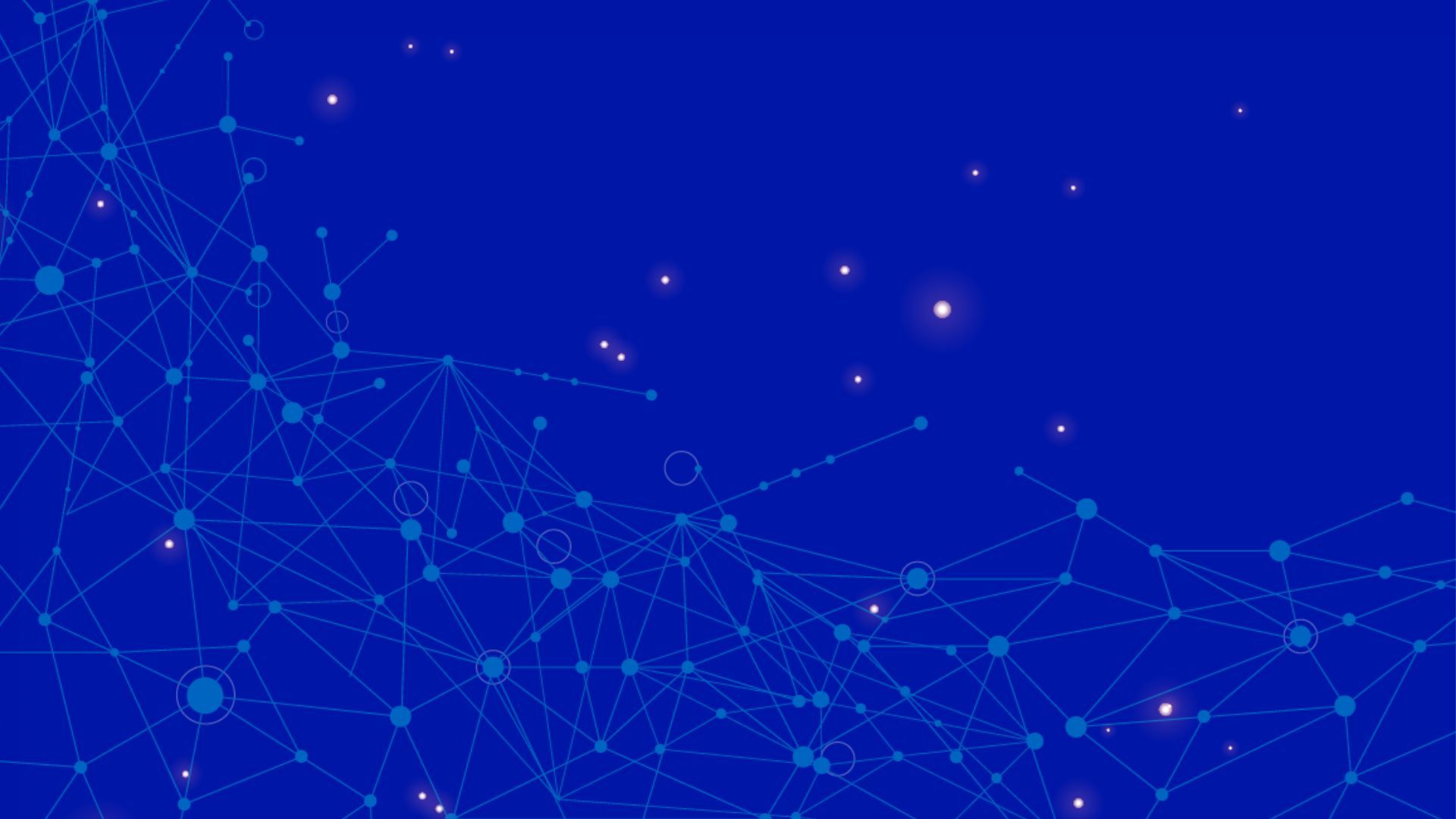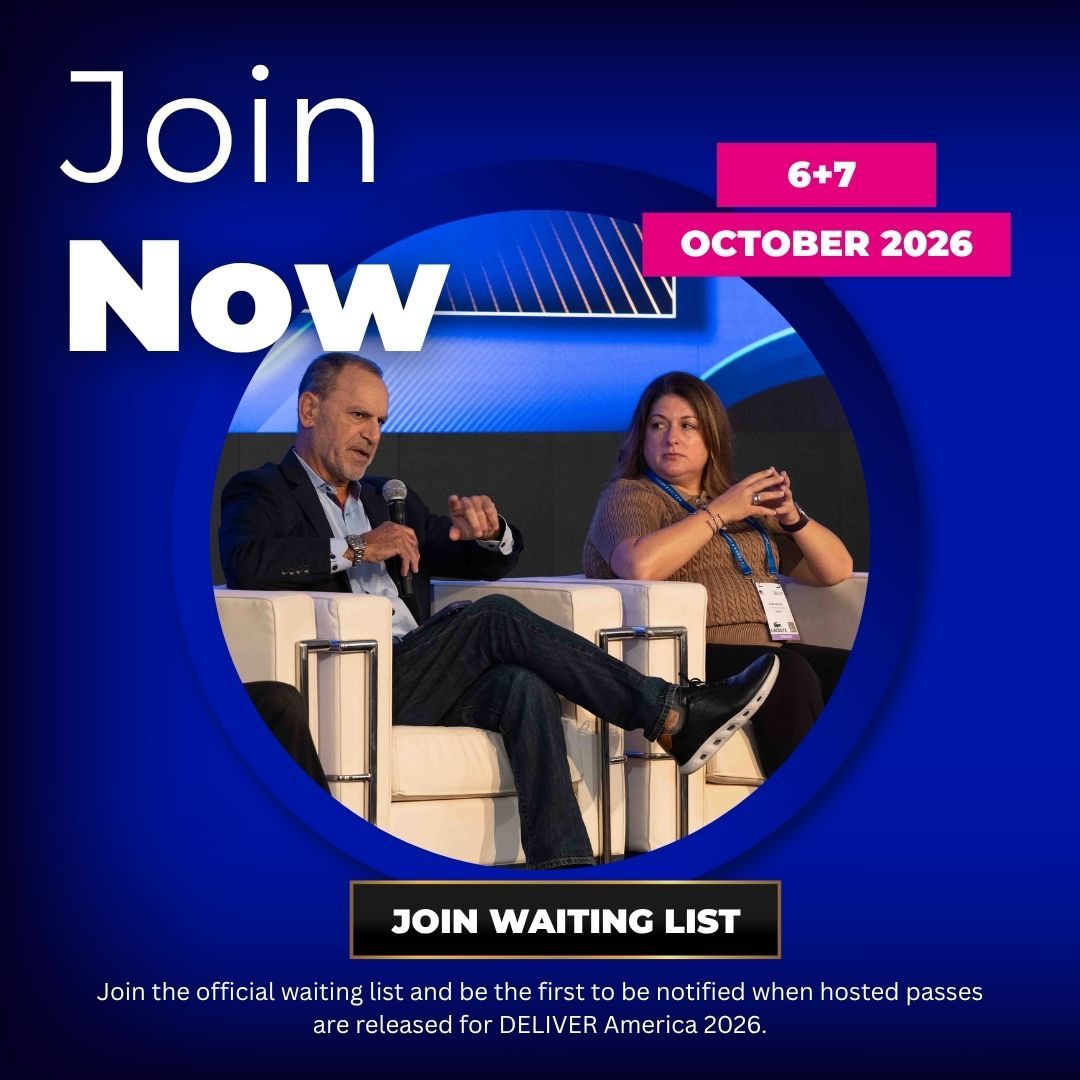The Only Constant is Change: Tariffs & the Future of Supply Chain
Navigating Disruption in the Age of Constant Change
In a dynamic panel at DELIVER America 2025, moderated by Kerim Antoine Kfuri, President and CEO of The Atlas Network, four leading voices explored what it truly means to thrive amid volatility in the global supply chain.
The session, titled “The Only Constant is Change: Tariffs & the Future of Supply Chain,” examined how organizations can remain resilient and customer-focused as trade wars, tariffs, and technology shifts redefine global commerce.
“We’ve faced pandemics, trade wars, port strikes, and natural disasters,” Kfuri opened. “And yet, supply chain professionals remain constant in their mission — to ensure consumers get what they need, when they need it.”
Joining Kfuri were Ellen Kapiloff of Lacoste, Abe Eshkenazi of ASCM, and Prashant Shah of SwagUp — each bringing a distinct lens on leadership, workforce, and adaptability in a disrupted economy.
People First: The Human Core of Supply Chain
Kapiloff began with an unapologetic focus on people:
“AI can make better decisions faster, but it can’t replace critical thinking,” she said. “The people who understand customers, seasons, and culture — they’re the ones who make the company better.”
She stressed that success in logistics doesn’t stem from automation alone, but from empathetic leadership, talent retention, and trust.
Eshkenazi agreed — and took it further.
“We start every conference talking about AI, visibility, and agility,” he said, “and end by saying, ‘Don’t forget about your people.’ That’s where we need to start the conversation.”
He warned that many organizations are investing heavily in technology without the matching investment in workforce capability. The result: digital tools outpacing human understanding.
Shah echoed the sentiment from a start-up perspective:
“Leaders often rush to adopt new technology because it looks good on paper,” he said. “But before you implement it, ask: are your teams ready? Do they even understand how it will change their work?”
Transparency in Times of Tariffs
The discussion then turned to tariffs and trade disruption — a daily reality for supply chain executives.
Shah explained how SwagUp handled sudden tariff shifts by prioritizing communication:
“When tariff news hits, we talk to our customers immediately,” he said. “We explain it’s not a company decision — it’s policy. Transparency builds trust.”
He described how his team trained customer service reps to handle difficult conversations and empowered them to offer alternative products or materials when prices spiked.
Eshkenazi brought a broader view:
“Consumers don’t just buy products; they buy the story behind them,” he said. “But most can’t trace where their coffee mug or t-shirt came from — or what happened after it was made.”
He argued that supply chain transparency should extend beyond B2B operations and into consumer education. “Technology gives us the data,” he said. “We just need to make it visible.”
For Lacoste’s Kapiloff, transparency begins with clarity of expectation — internally and externally.
“Customers want to know: if I order by this day, when will it arrive?” she said. “It’s my job to make sure our e-commerce, marketing, and retail teams all communicate the same promise.”
She explained how clear forecasting, cross-departmental education, and upfront honesty with customers reduce chaos — especially during peak retail seasons.
Planning for the Unplannable
The panelists agreed that while global supply chains can’t eliminate disruption, they can design for it.
“I have a contingency plan for my contingency plan,” Kapiloff joked.
Her team at Lacoste runs multiple forecast models to prepare for unexpected shifts — from labor shortages to storms or sudden promotions that overperform.
Eshkenazi described the challenge of shrinking planning horizons:
“Policy shifts every quarter,” he said. “You can’t build billion-dollar factories with that level of uncertainty. What companies need most today is continuity and policy stability — financial systems don’t work well with chaos.”
Shah added a practical perspective from a mid-sized operator’s view:
“When news breaks, step back,” he advised. “Don’t panic. Analyze whether it affects you now or a month from now. Then act. Most of the time, overreaction causes more damage than the change itself.”
His playbook includes secondary suppliers, alternative SKUs, and HTS code audits to ensure tariffs are correctly applied — often reducing costs simply through accuracy.
From Crisis to Capability: The Opportunity in Change
Kfuri steered the panel toward a closing theme — optimism. In disruption, opportunity often hides in plain sight.
Shah pointed out that crises expose operational gaps — but also open doors to improvement:
“Every change reveals where your weaknesses are. Use it to mentor your team, to connect dots, to make them stronger.”
Eshkenazi echoed that leadership today demands agility:
“Resilience means staying in business no matter what. Agility means turning disruptions into advantages. The organizations that can pivot fastest will lead.”
Kapiloff added a human touch, emphasizing that post-pandemic employees value flexibility and purpose as much as pay:
“The best operators are thriving in chaos,” she said. “They’re six steps ahead, not because of tools — but because they care. They want balance, recognition, and the right tools to do their jobs well.”
“Happy employees become your best ambassadors,” she concluded. “And in a world of constant change, that’s the competitive edge that never fades.”
Lessons from the Panel
As the discussion wrapped, Kfuri summarized the central lesson of the session:
“Supply chains aren’t built to resist change — they’re built to adapt to it. When you focus on people, processes, and opportunity, you don’t just survive volatility. You use it to evolve.”
For an industry once invisible to most consumers, supply chain has now become a stage for resilience, innovation, and human ingenuity. And as this panel proved, in the end, the only true constant is adaptability itself.


